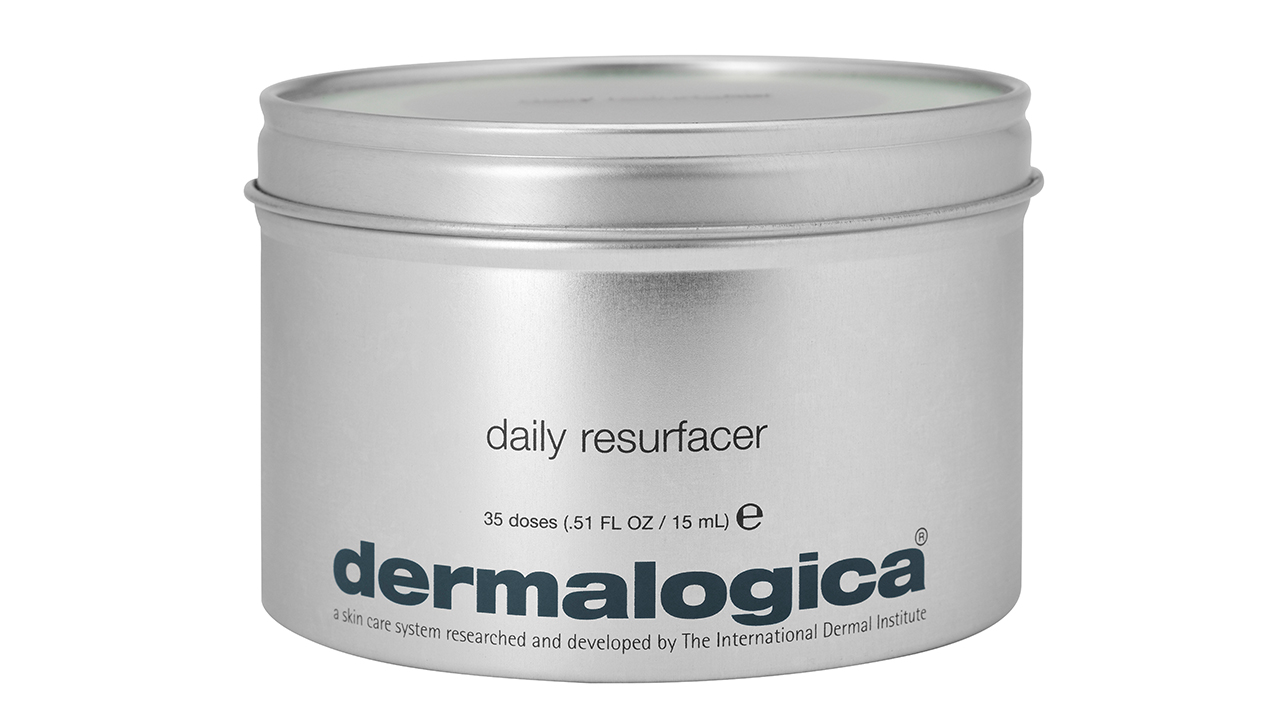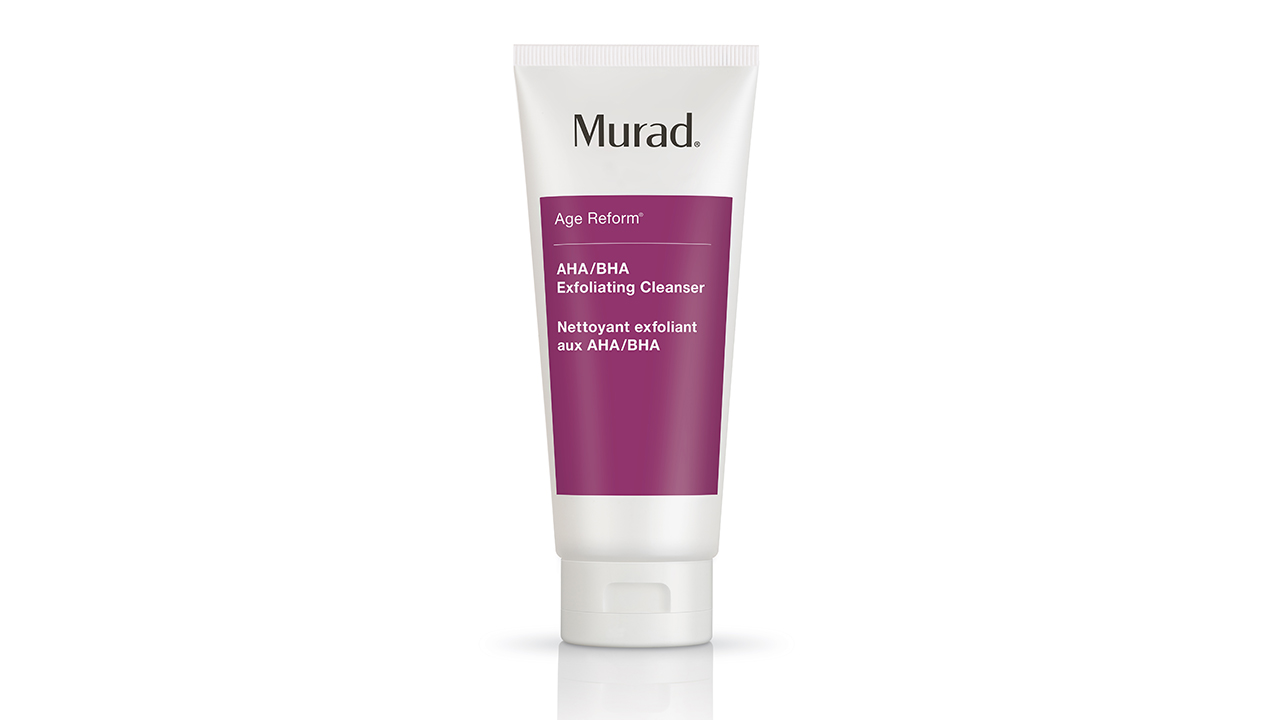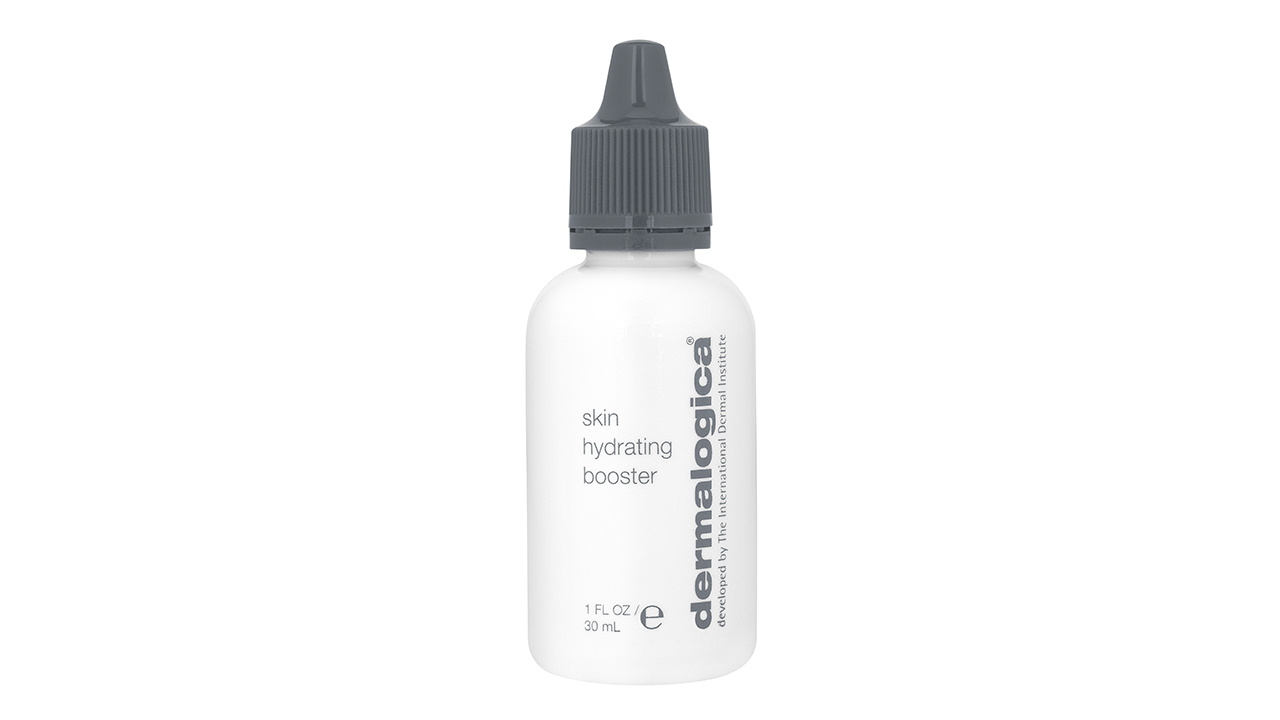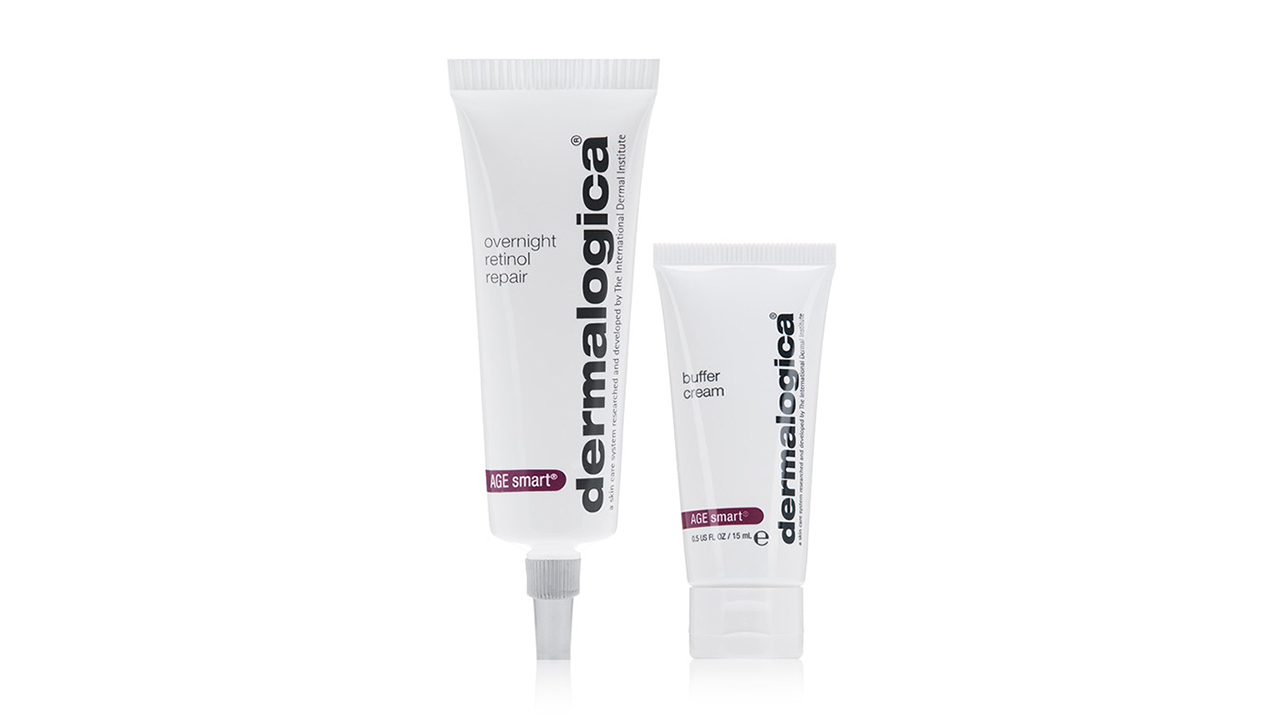News feed
You’ve seen them. You’ve heard about them. You’ve probably even used them. But what really are acids when it comes to our skin? And how do we use them? (And are they really as scary as they sound?!) “All skin conditions ranging from acne, ageing, pigmentation, dehydrated, dull to even sensitive skins can benefit from using acids,” notes Emma Hobson, Education Manager for the International Dermal Institute and Dermalogica. “Different acids are better suited to different skin concerns to achieve the ideal results.”
But which acid is for what? Here, Hobson breaks it down, acid by acid, and explains what each does and who should use them. You’ll know your Hydroxy from your Hyaluronic in no time.
Alpha Hydroxy Acids (AHAs):
Alpha Hydroxy acids (AHAs) are naturally occurring carboxylic acids found in many foods, including glycolic acid (sugar cane), lactic acid (milk), citric acid (citrus fruits), and malic acid (apples) among others. They are water soluble substances. Today most Hydroxy acids are made synthetically. The most commonly used alpha-hydroxy acids are Glycolic and Lactic acids.
When applied to the skin, AHAs stimulate the exfoliation of surface skin cells by interfering with the (ionic) bonding between these cells (they break down the bonds holding skin cells together). This causes the sloughing off dull, rough skin and promotes cellular renewal by increasing cell turnover rates, so you have younger, plumper skin cells within the skin. AHAs make the skin feel softer and smoother, they help keep the skins barrier function intact, they can help boost hydration levels as well as softening wrinkles by improving skin tone and stimulating collagen production, some can lighten pigmentation and age spots. They also and help clear and prevent skin congestion.
Higher concentrations of AHAs, though more active, can have an irritating effect on the skin causing redness and inflammation.. It is not just the percentage of AHAs that is important, but more importantly the pH of the formulation. AHAs work best at a lower pH. For home-care use products should be about 10% or less with an optimal pH of around 3.5- 4.0.
Glycolic Acid
What: Glycolic Acid is one of the smallest molecules of the Hydroxy Acid family, which means it can penetrate faster and act quicker than other acids, this does mean it can be more irritating and can cause inflammation within the skin. Some newer formulations combine Glycolic acid with an amino acid such as Arginine and form a time-release system that reduces the risk of irritation without affecting Glycolic acid efficacy. Glycolic Acid exfoliates the skin, increases skin renewal, helps stimulating collagen synthesis and improve skin texture and the appearance of wrinkles as well as helping to reduce pigmentation.
Who: For all skins except those that have a tendency towards sensitivity, however it is best used for those concerned with the signs of ageing including skin discolouration.
Lactic Acid
What: With Lactic Acid having a slightly larger molecular size so it’s less irritating on the skin so often the preferred choice of AHA. Whilst both Glycolic Acid and Lactic Acid affect the skin layers in the same way, there are additional beneficial effects unique to Lactic Acid. These includes an increase in skin hydration (dermal Glycosaminoglycans/GAGs-natural moisturisers), an increase in ceramides the skins vital protective barrier lipids, and improved water barrier properties. Lactic Acid helps stimulating collagen synthesis and improve skin texture and the appearance of wrinkles as well as improve skin discolouration by reducing hyperpigmentation.
Who: All skin types and conditions would benefit from this acid.
Try:

Dermalogica Daily resurfacer, $107. shop now
Beta Hydroxy Acid (BHA):
Salicylic Acid
What: Salicylic Acid occurs naturally in Willow Bark, Sweet Birch and Winter Green, however some manufacturers tend to use a synthetic form. The main difference between an AHA to a BHA is that a BHA is that it’s oil loving (lipid-soluble). This means that Salicylic acid is fantastic at entering a congested pore with a plug of dead skin and oil, it then goes about at decongesting it. SA therefore is excellent at helping to clear congestion and prevent future breakouts. Salicylic Acid is a key ingredient in Aspirin for its anti-inflammatory properties, another reason it is so good to use on skin suffering from breakouts, is not as irritating as some AHA’s (Glycolic Acid) and can reduces skin redness and swelling. BHA’s perform at their optimum at a concentration of 1% to 2% and at a pH of 3.0 to 4.0.
Who: It’s great for people who have oily skin, congestion and breakouts or those with skin sensitivity or sensitive to using AHA’s.
Try:

Murad Age Reform AHA/BHA exfoliating Cleanser, $62. shop now
Hyaluronic Acid:
What: Hyaluronic acid is one of my most favourite ingredients. It’s a gel-like, water holding molecule that is naturally present in the human body. Hyaluronic acid used in cosmetics is normally derived for a synthetic source (made in a laboratory) vs. the natural source being from the comb of a rooster. Hyaluronic Acid has the ability to hold a 1,000x’s its own weight in moisture which is why it’s used within skin care products to hydrate and plump the skin, giving a fantastic boost of moisture that binds to the skin leaving it soft and supple. It does not have any exfoliating properties and is not a Hydroxy Acid.
Who: All skin types.
Try:

Dermalogica Skin Hydrating Booster, $91.50. shop now
Retinoic Acid
What: Retinoic acid is a derivative of Vitamin A and synthesised from Retinol (it is not an AHA). It is a prescriptive drug used to treat moderate to severe Acne (Renova or Tretinoin) as well as treating signs of skin ageing.
Who: For anyone who has been prescribed by their Doctor to use it for the treatment of Acne or skin ageing.
Try:

Dermalogica Overnight Retinol Repair 1%, $142. shop now
Tile Image: Instagram, @kaiagerber










